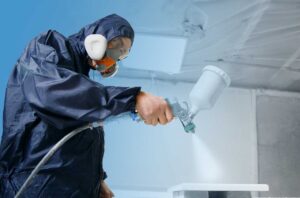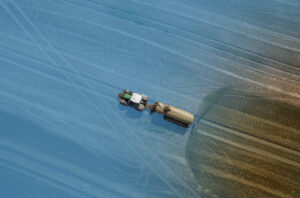On 3rd February 2023 the Environment Agency published new guidance on the production of hydrogen from methane with carbon capture. The guidance is intended to help potential producers with permit applications and to ensure they minimise environmental impacts.
The majority of hydrogen is currently produced through the use of fossil fuels in a process which involves heating a mixture of steam and fossil fuels. While hydrogen itself is, primarily, not dangerous to the environment however CO2 is produced and emitted into the atmosphere as a by-product of these techniques.
The difference with the production of hydrogen from methane with carbon capture, commonly known as ‘blue’ hydrogen, is that the carbon produced is stored underground rather than being released. Hydrogen is expected to play a key role in future low carbon energy production methods and the UK’s new hydrogen strategy, launched August 2022, heavily features the production of ‘blue’ hydrogen. ‘Blue’ hydrogen is considered a cheaper alternative to ‘green’ hydrogen’ while still being an effective form of low carbon production.
The guidance was produced by the Environmental Agency in dialogue with industry regulators and experts. The intent of the guidance is to help those wishing to set up facilities at the design and building stages of the process while also helping them meet the requirements for protecting the environment and communities. The Environment Agency highlights that those wishing to produce ‘blue’ hydrogen will still need to gain an environmental permit from the Environmental Agency prior to starting any sort of production and the guidance will help them prepare in applying for a permit.
Various aspects of ‘blue’ hydrogen production and measures for dealing with carbon emissions are outlined within the guidance. This includes information on how to measure and reduce carbon emissions when selecting hydrogen production techniques and during plant design and operation. There is specific advice for the reduction, minimisation, and elimination of carbon emissions into air and water. Finally the guide emphasises the need to continually monitor emissions, prepare for potential unplanned emissions and to deal with any noise and odour produced during the process.
If you have any questions or would like support with managing issues at your workplace, please speak to your usual contact or get in touch using the form below.

HSE Launch Motor Vehicle Paint Spraying Campaign

Lifting Equipment and Pressure Systems: A Call For Evidence

Making PPE Fit As Standard

What To Do When It Isn’t Business As Usual

Taking Slurry Safety Seriously
